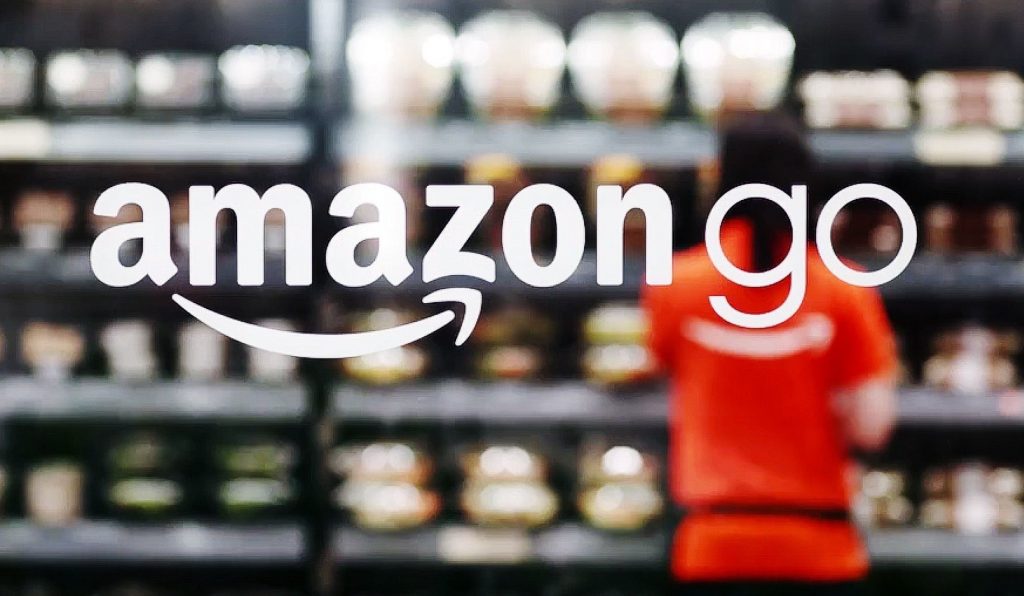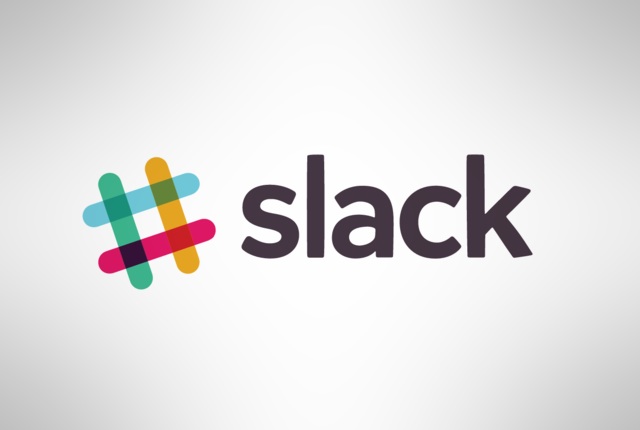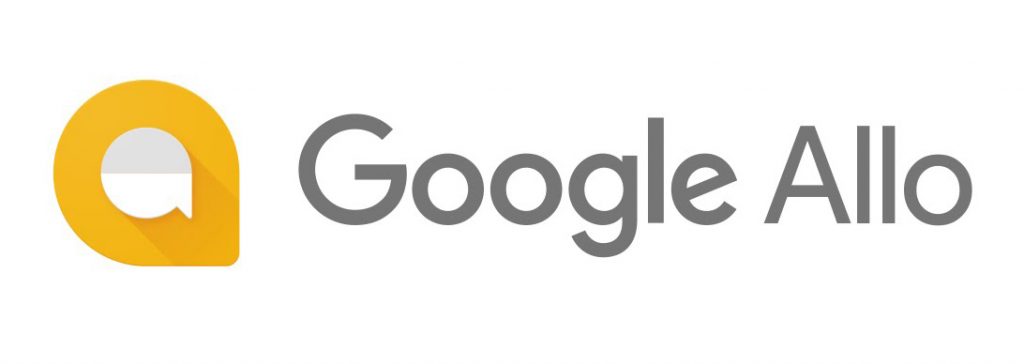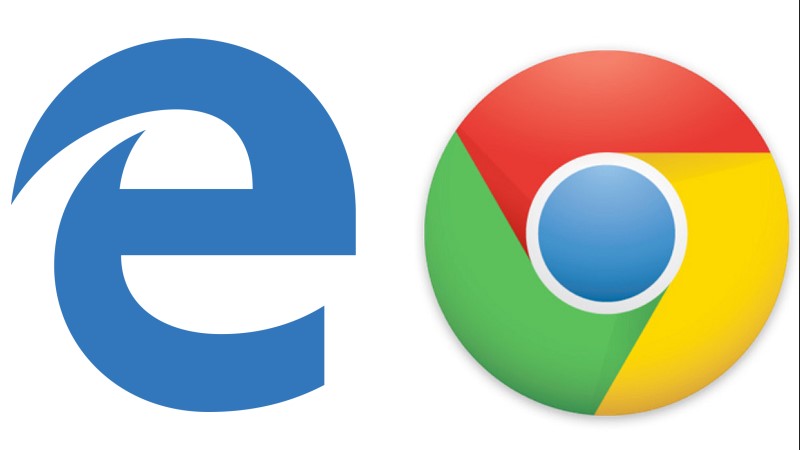Amazon Opens its First Pint-sized Cashier-free Amazon Go Store in Seattle
There is nothing, which the biggest retailer, Amazon, does not want to try its hands in. After building the largest empire of online business, Amazon has also entered into the bricks-and-mortar world, with its large Amazon Go cashier-less stores, operating successfully in Chicago, San Francisco and Seattle.

This time, Amazon has launched the tiny version of its Amazon Go stores in Seattle- the eighth cashier-less store. The store is located on the sixth floor of the Macy’s building in downtown, Seattle. It is this first store of the chain of small stores, Amazon intends to launch for airports, office lobbies, and hospitals. This tiny store is quarter the size of the other big Amazon stores, almost about the size of a 450-square-foot New York City studio apartment.
Unlike the other Amazon Go stores, the small store does not have any checkout lanes. The buyers need to scan an in-app code, through the Amazon Go app, on the entrance of the store, and the cameras will take care of whatever they pick from the shelves. As the store is also a cashier-less one, for the checkouts, the customers will make the payments through their Amazon accounts.
The store is isolated with glass walls and an enclosed ceiling, with all the cameras and sensors attached to it. Amazon has built those stores, especially for its employees. The stores contain a wider variety of pre-made food, grocery, salads and snacks, etc., so that the customers can buy the items on the go.
Gianna Puerini, vice president of Amazon Go, said, “We wanted something from a design perspective that would fit nicely into open spaces. You can bring it in pieces and assemble it on site.”
There were news making rounds, in September this year, that Amazon is planning to build over 3000 such stores across the world. However, there has been no confirmation on the topic from the company.

Yashica is a Software Engineer turned Content Writer, who loves to write on social causes and expertise in writing technical stuff. She loves to watch movies and explore new places. She believes that you need to live once before you die. So experimenting with her life and career choices, she is trying to live her life to the fullest.




